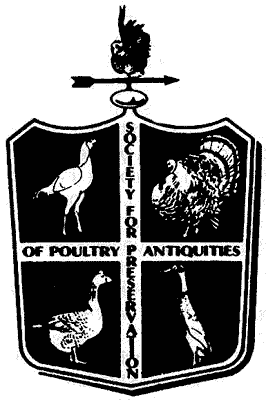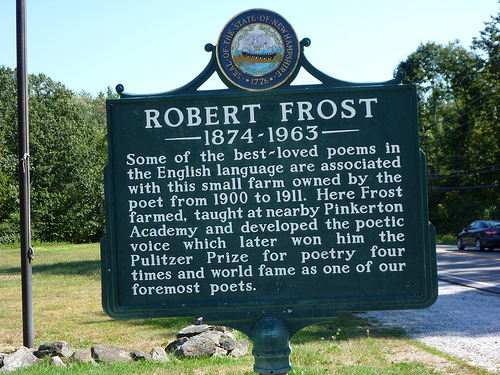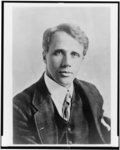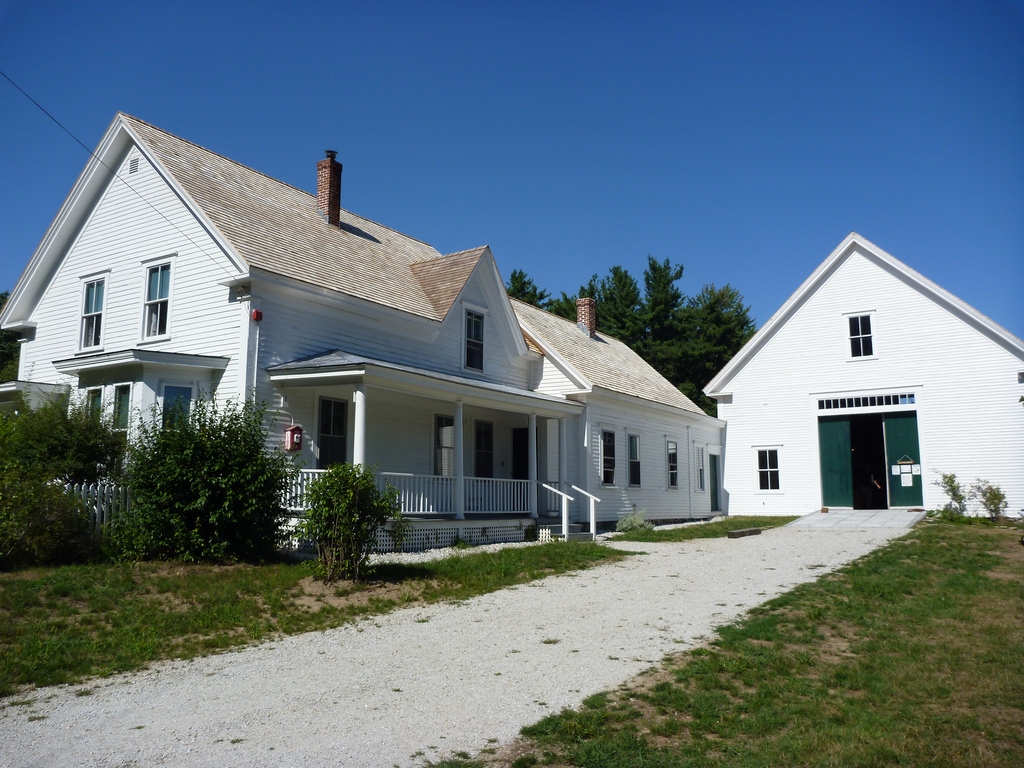Several chicken breeds are crested, with a fluffy fountain of
feathers tumbling from a knob on top of their heads. That crest has attracted plenty of attention
over the years, sometimes called a top-knot or a top hat. Recognized crested breeds include Polish, Crevecoeur, Houdan and Sultan. Most likely it’s the small
Polish, the most popular. Crevecoeurs are larger, always all black and show a
distinctive horned comb with two prongs. Houdans are usually mottled black and white.
Observe their legs. Houdans have a fifth toe, a spur on the back of the leg. Unrecognized breeds include the hefty
Sulmtaler. Sulmtaler roosters have a small tuft at the back of the serrated comb, but hens
have a nice crest and their combs meander in an S shape on their heads, the
front falling to one side and the back to the other.
 |
| Golden Laced Polish tooster |
Brabanters and Appenzeller
Spitzhaubens have pointy crests behind that V comb.
Although their appearance invites humor, crested chickens
have a long and distinguished history, and are honored for their productive
usefulness as well. Ulisse Aldrovandi included woodcuts of crested chickens in
the first book published on chickens in 1600.
 |
| Aldrovandi called these Paduan chickens |
That knob isn’t just feathers up there. Crested breeds have
a dome of bone on their skulls. The feathers grow out of that. Because of the
placement of the crest, the bony skull structure affects the nostrils, so that crested
chickens have flattened, cavernous nostrils,
Crests require extra care. Breeders may trim the crest back
or hold it back with a rubber band during breeding season, so the birds can see
what they are doing. Special waterers can help the bird avoid getting the crest
and beard feathers soaked, which can ruin them for a show.
 |
| Drawings by J. Batty |
The crested breeds have V combs, even if they are concealed
beneath the crest feathers. The V or horn comb, required for exhibition in the U.S.,
is unusual. In England and France, the leaf comb, shaped like butterfly wings,
is still recognized. Leaf combs are the result of the V comb crossed with a
single comb.





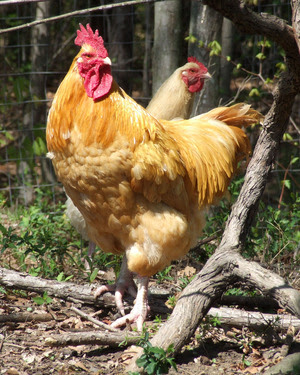 Dear Poultry Breeders & Friends,
Dear Poultry Breeders & Friends,



